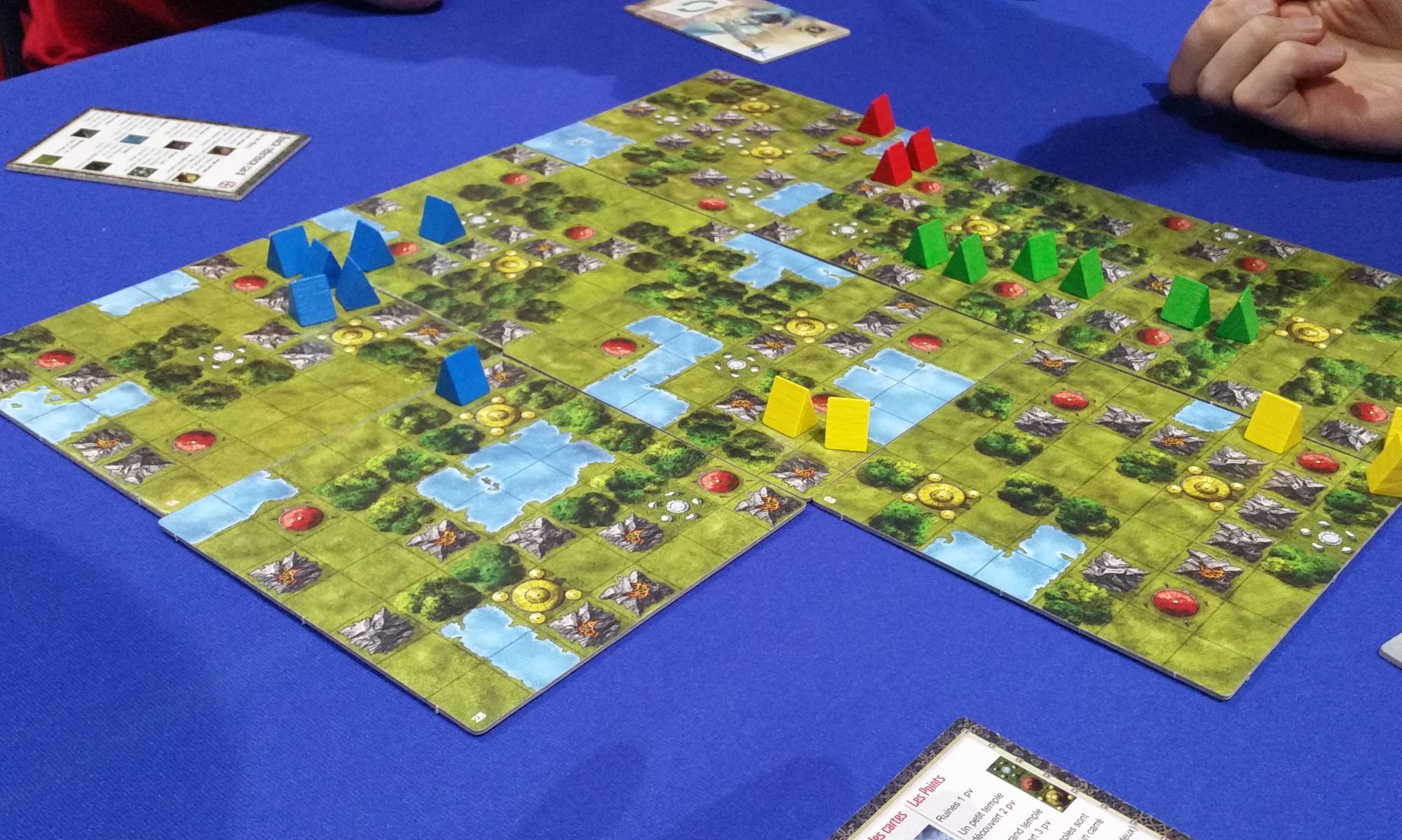So there’s this technology called GraphQL (graph query language). It’s a way of getting exactly the data you need from a database using HTTP. That’s a vast oversimplification, but I am not writing an academic paper here.
When I started the site I couldn’t imagine a need for it, as for the pages I know exactly what data I need, so I figured I’d just write API methods that retrieved that data. (That’s what’s happening when you see those 8 pulsing blobs.)
But then I wrote the Comparative Plays page, and that thing requires a boatload of data. At first, it required all of the plays of all of the geeks, and all of the data about all of the games that they’d played. And then I tried to open the page with geeks Friendless, jmdsplotter, and Nap16, and AWS Lambda said “BZZZT! That’s more data than I can return!” That was when I realised I would need to think harder.
So I did an experiment where I fetched the data for Friendless, ferrao and Simonocles. That was 1,462,103 bytes, which is a LOT of data for just one graph. So I mucked around and rewrote the code to only send the first play of each game, and that was 632,447 bytes. And then rather than send year, month and date for a play separately, I just sent YMD, e.g. 20190712. That got it down to 587,717 bytes. And then I realised that I was doing a lot of futzing and there was still a lot of data I didn’t really need still coming, for example the minimum player count for games, and so on. So I decided to think about it very hard for a while.
I then slowly realised that selecting the values you want was one of the things GraphQL offered. So I did some more reading and I did not get how it was supposed to work, but I did find a very nice tutorial written by a bearded gentleman about how to use GraphQL on AWS Lambda. So I sat down one evening earlier this week and copied that code into my API, and after an hour or so got the basic example working. And that was when it clicked what it was doing, so I then proceeded to implement a query for plays following the same pattern. I got it working that evening, in a shambolic kind of fashion. The next evening I came back and cleaned it up and was able to rerun the query for Friendless, ferrao and Simonocles, and it came back with 214,470 bytes. Woohoo! And in transit, that gets gzipped! So I was pretty content with that (because remember, I pay for bytes which come out of the server).
And then the next day I updated the Comparative Plays page to use GraphQL, which wasn’t as easy as it sounded – AWS blatantly lied about the error it was giving me – but in the end it was all good.
Well, there was one moment of neurotic anguish. It turns out that for a game, in that graph, all I need is its number and name. (In fact all I need is the name, OMG OMG OMG, no I will worry about that later.) However I have a nice set of definitions of what a Play is, what a Game is, what a GeekGame is (it’s the relationship between a geek and a game, e.g. the rating), and now with GraphQL I’m saying I’m going to call it a game, but it’s really just a number and a name. And TypeScript is not overly pleased with that, and pedantic programmers aren’t either. So I will have to think about my neuroses.
But now I’m like a man with a hammer! So many things I’ve done in the API can be done better in some other way. Everything should be rewritten! But believe it or not, even I know that’s a bad idea. So I have to restrain myself. Nevertheless there is still that thrill of having discovered a wonderful thing that will keep me interested for a while yet.


